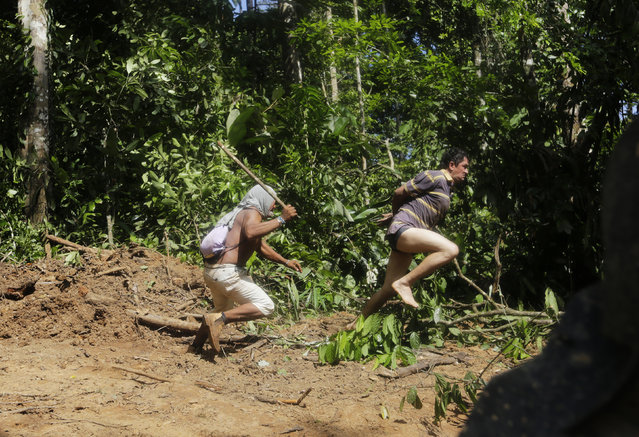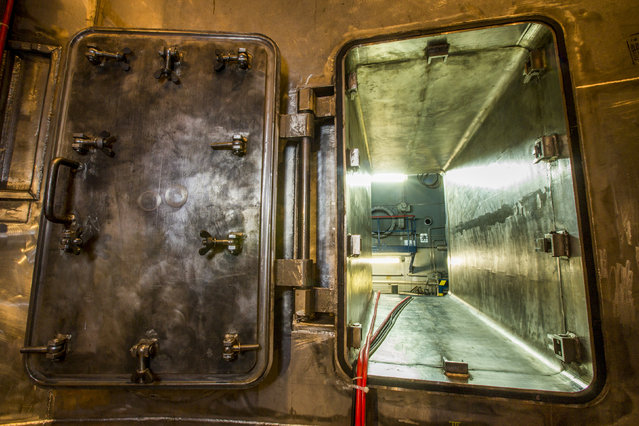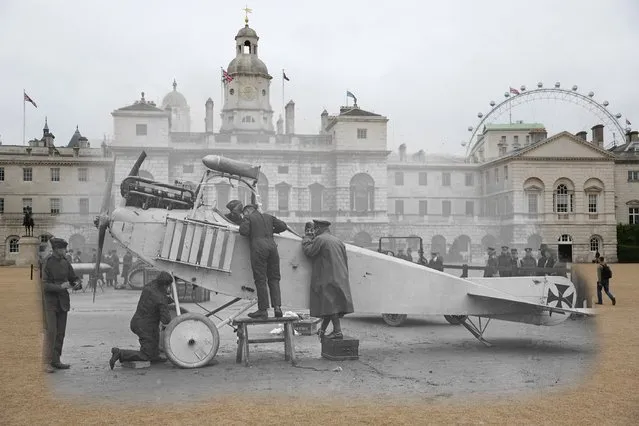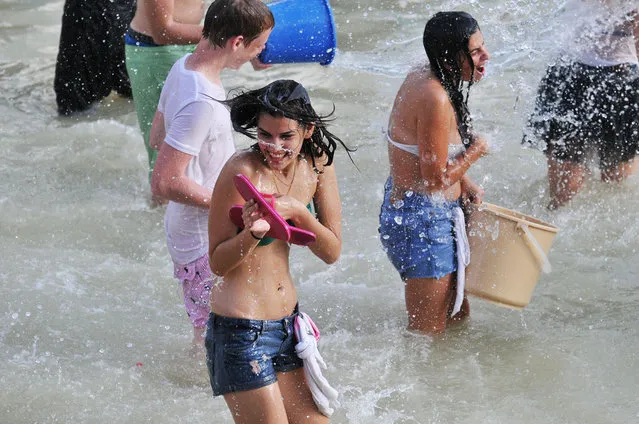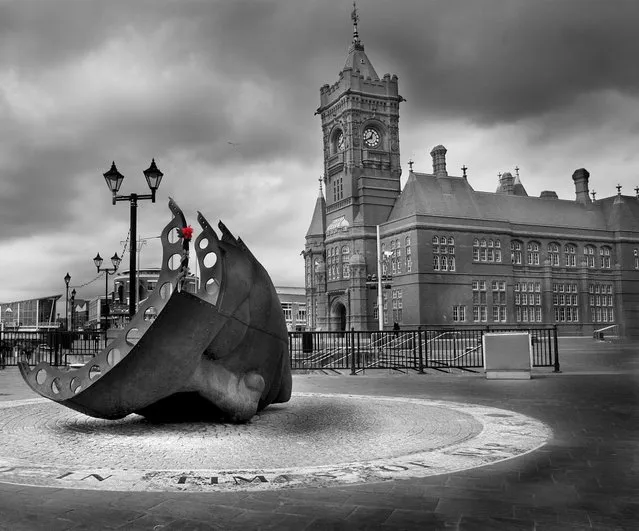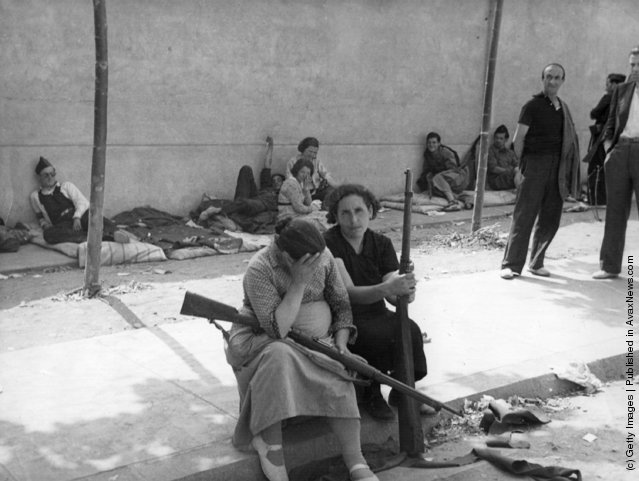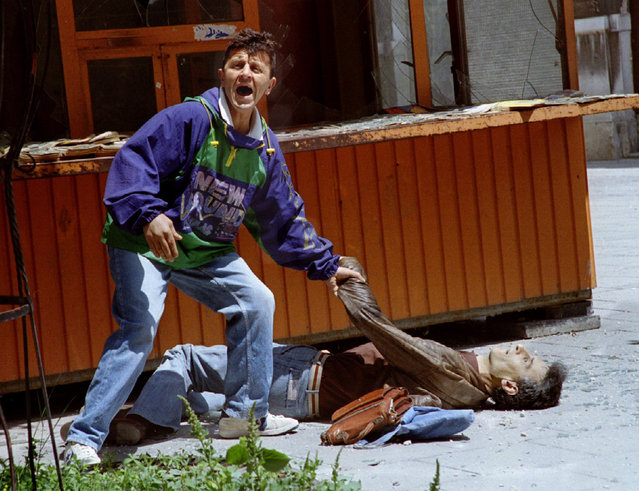
A man yells for help minutes after a Serb shell hit a crowded pedestrian walkway in Sarajevo, May 1993. Radovan Karadzic, a 70-year-old former psychiatrist, still in robust health, is the most senior political figure to be convicted by the International Criminal Tribunal for the Former Yugoslavia. He was found guilty of 10 out of 11 charges. He was acquitted of a second count of genocide in Bosnian towns. (Photo by Reuters)
25 Mar 2016 13:05:00,post received
0 comments

